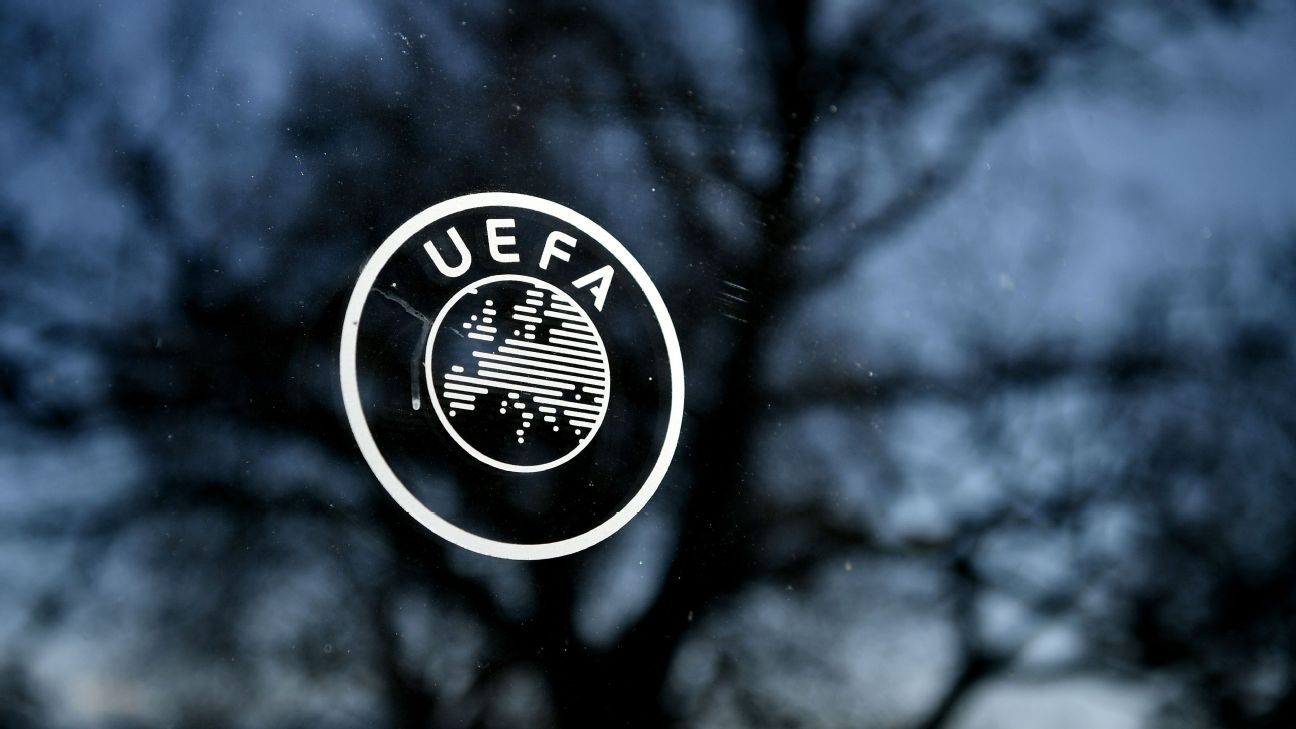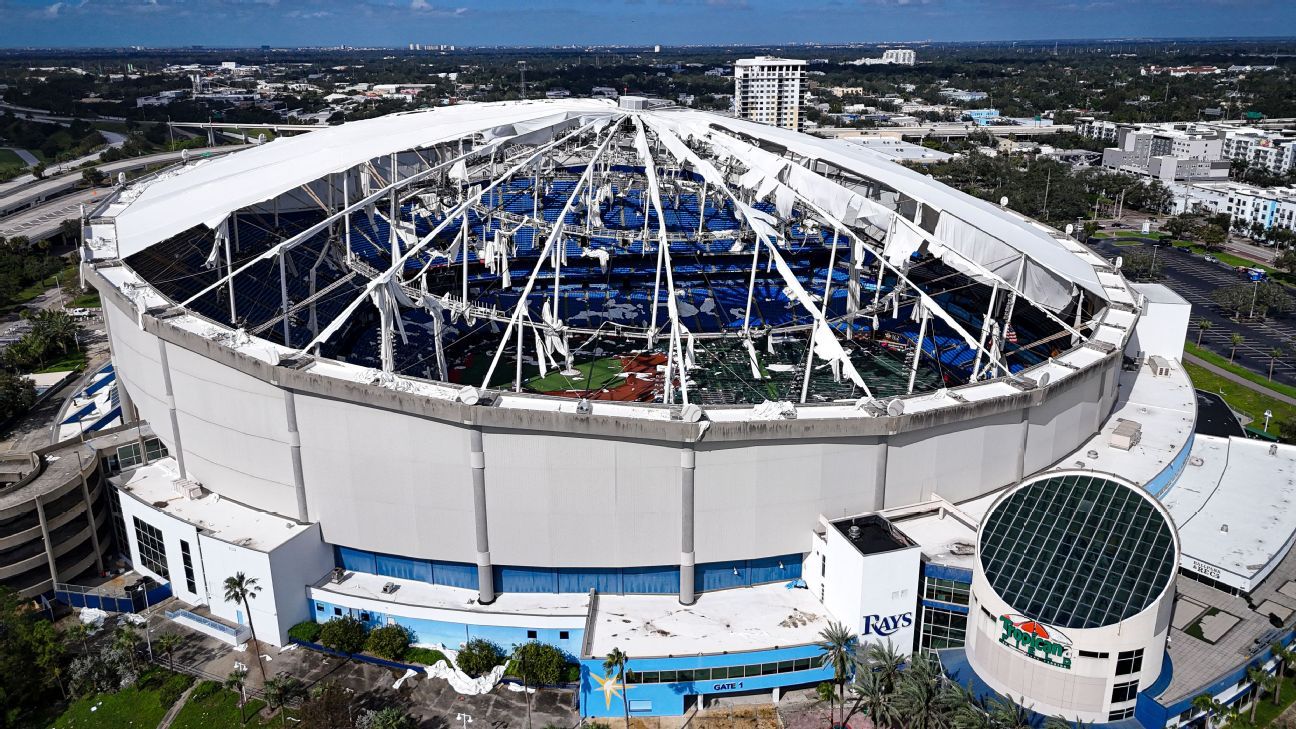
Governing body announces establishment of ‘Athletic Shoe Availability Scheme’ for unsponsored elite athletes and new maximum sole heights for spikes
Changes to the maximum height of spiked shoes for track and field events and the establishment of an ‘Athletic Shoe Availability Scheme’ for unsponsored elite athletes are among the rule revisions announced by World Athletics on Tuesday.
World Athletics says the rules governing shoe technology “are designed to give certainty to athletes preparing for the postponed Tokyo 2020 Olympic Games and to preserve the integrity of elite competition”.
This latest update follows the governing body’s announcement in January which gave the green light to shoes such as Nike’s controversial Vaporfly NEXT% (pictured) but banned new prototypes with thicker heels and multiple carbon plates.
READ MORE: Vaporfly survives World Athletics verdict
World Athletics says the rule amendments, which were approved by the World Athletics Council last week, are based on “significant ongoing discussions” with the Working Group on Athletic Shoes, established this year, and with shoe manufacturers.
“The purpose of these amendments is to maintain the current technology status quo until the Olympic Games in Tokyo across all events until a newly formed Working Group on Athletic Shoes, which includes representatives from shoe manufacturers and the World Federation of the Sporting Goods Industry (WFSGI), have had the opportunity to set the parameters for achieving the right balance between innovation, competitive advantage and universality and availability,” World Athletics adds.
The maximum height for road shoes of 40mm remains unchanged but there are updates for track spike shoes, which vary between events.
The previous 30mm maximum track spike sole height has been reduced to 25mm for events of 800m and above, while for events below 800m the limit is 20mm. For race walking events the maximum thickness of the sole is the same as that for road events, while for cross country it’s 25mm.
The triple jump shoe limit is 25mm, while for all other field events it is 20mm.
“For all field events, the sole at the centre of the athlete’s forefoot must not be higher than the sole at centre of the athlete’s heel,” the governing body adds.
“To assist athletes adjusting from their current shoes that do not meet the sole thickness heights … the date for compliance is 1 December 2020.”
On the amendment concerning unsponsored elite runner access to new shoes, World Athletics says approved shoes are “to be made available prior to an international competition for distribution to any uncontracted elite athlete via an Athletic Shoe Availability Scheme”.
The world governing body adds: “This is in keeping with the principle of shoes being reasonably available to athletes. As a priority item, in its forthcoming meeting we will work with the working group and World Federation of Sports Goods Industry to design an ‘Athletic Shoe Availability Scheme’ to deliver this. The scheme will cover process, criteria, numbers of pairs of shoes required, method of distribution and when the shoe needs to be available from (our position, which has been generally accepted by manufacturers, is for one month prior to international competition).”
The new rules state that any shoe that is first introduced on or after August 9, 2021, which is the day after the Tokyo Olympics ends, may not be used in competition unless and until it has been available through the Athletic Shoe Availability Scheme.
The full rule document with amendments can be downloaded here.
World Athletics CEO Jon Ridgeon said the previous rule changes were designed to give athletes clarity before the Tokyo Olympics but that the postponement of the Games due to the global pandemic had given the governing body more time to consult with stakeholders and experts and develop amended rules that will guide the sport through until late 2021.
“We have a better understanding now of what technology is already in the market and where we need to draw the line to maintain the status quo until after the Tokyo Olympic Games,” Ridgeon said.
“In developing these rules we have been mindful of the principles of fair play and universality, maintaining the health and safety of athletes, reflecting the existing shoe market in these challenging economic times, and achieving a broad consensus with the shoe manufacturers who are major investors in our sport.
“These transitional rules give us more time to develop a set of working rules for the long term, which will be introduced after the Olympic Games next year, with the aim of achieving the right balance between innovation, competitive advantage and universality.”















 Phone: (800) 737. 6040
Phone: (800) 737. 6040 Fax: (800) 825 5558
Fax: (800) 825 5558 Website:
Website:  Email:
Email: 






